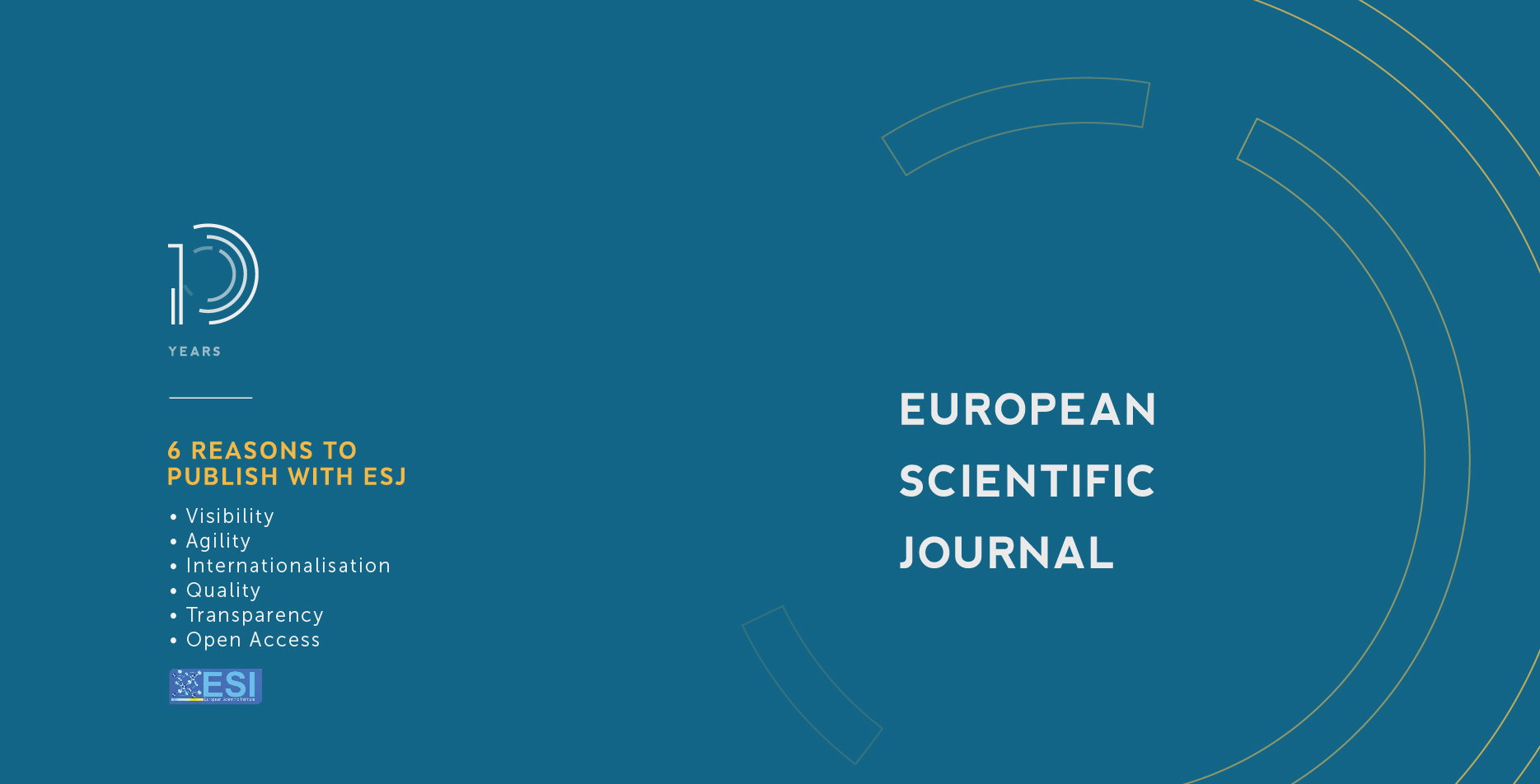Foreign Direct Investment and Economic Growth: Evidence from Bangladesh Economy
Abstract
Among various stimulus for growth in economy, Foreign Direct Investment (FDI) is being considered as a significant one even though there are lot of studies that shows otherwise. The relation of FDI and economic growth is been studied vigorously, but there is hardly any study in-depth about Bangladesh which can give us a rich insight into economic growth and bring out other factors to the picture of economic growth. To do that, this study explores the impact of FDI inflows on economic growth in Bangladesh in a period of 1989-2017 employing time series analysis techniques that recognize the problem of nonstationary. To ensure the regression is valid the Unit root test and Cointegration test is been used. Findings from empirical results show as FDI inflow, government consumption, population size and joining WTO have a positive impact on economic growth. Also, the exchange rate seems to be less significant in economic growth.
Downloads
Metrics
PlumX Statistics
Copyright (c) 2020 Moshfequl Islam Rajib, Redwanur Rahman

This work is licensed under a Creative Commons Attribution-NonCommercial-NoDerivatives 4.0 International License.








